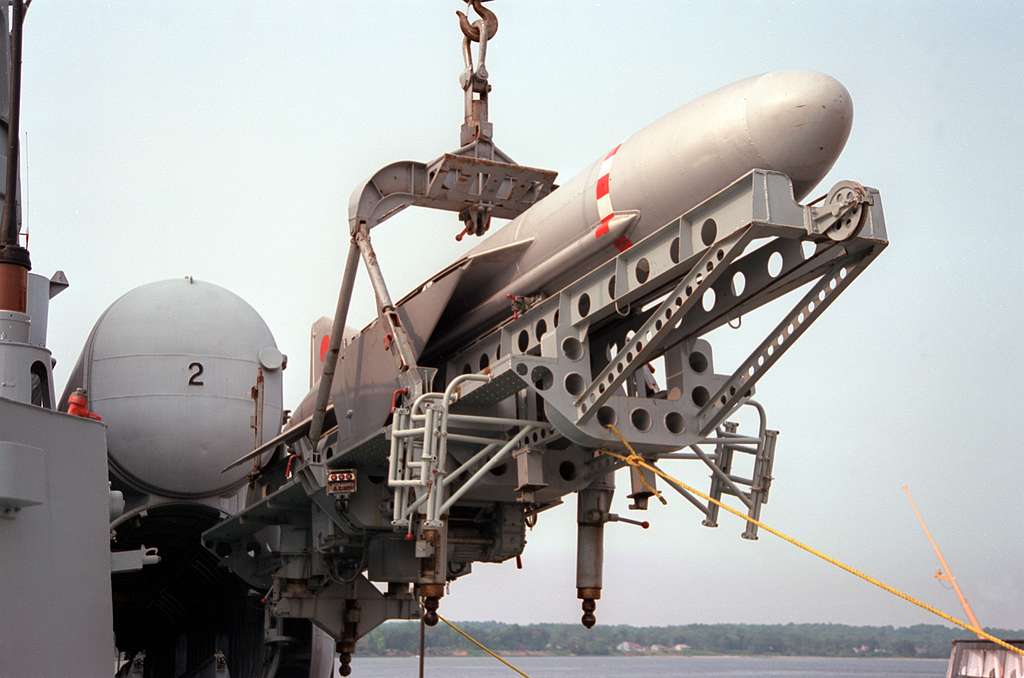
The German government has informed Pentagon officials this week of its interest in acquiring the U.S. Army’s Typhon missile launcher system, which is capable of firing missiles with a range of up to 2,000 kilometers. This move comes as Europe’s own efforts to develop similar long-range weapons are still in progress.
Berlin’s interest in the Lockheed Martin-produced launcher coincides with its anticipation of a final decision from the Trump administration regarding a Biden-era agreement. Under this agreement, U.S. missiles are expected to strengthen Germany’s deterrence capabilities beginning in 2026.
According to a joint U.S.-German statement released during NATO’s 75th-anniversary summit in Washington in July 2024, the Typhon system would deploy SM-6 and Tomahawk missiles, along with emerging hypersonic weapons.
German Defense Minister Boris Pistorius, during a press briefing in Washington on July 14, noted that the missile deployment plan remains uncertain as U.S. defense officials reconsider America’s military presence in Europe.
“I’m quite confident that the plan will move forward,” Pistorius said after meeting U.S. Defense Secretary Pete Hegseth. “But the final decision has yet to be made.”
Germany’s interest in the Typhon system is viewed as a way to keep the long-range strike initiative—intended as a conventional response option against a potential Russian attack—on track.
Currently, European countries do not possess the range capabilities that Typhon could offer, Pistorius added. While nations are collaborating on the European Long-range Strike Approach (ELSA) to develop such weapons, these systems are not expected to be operational for another seven to ten years.




